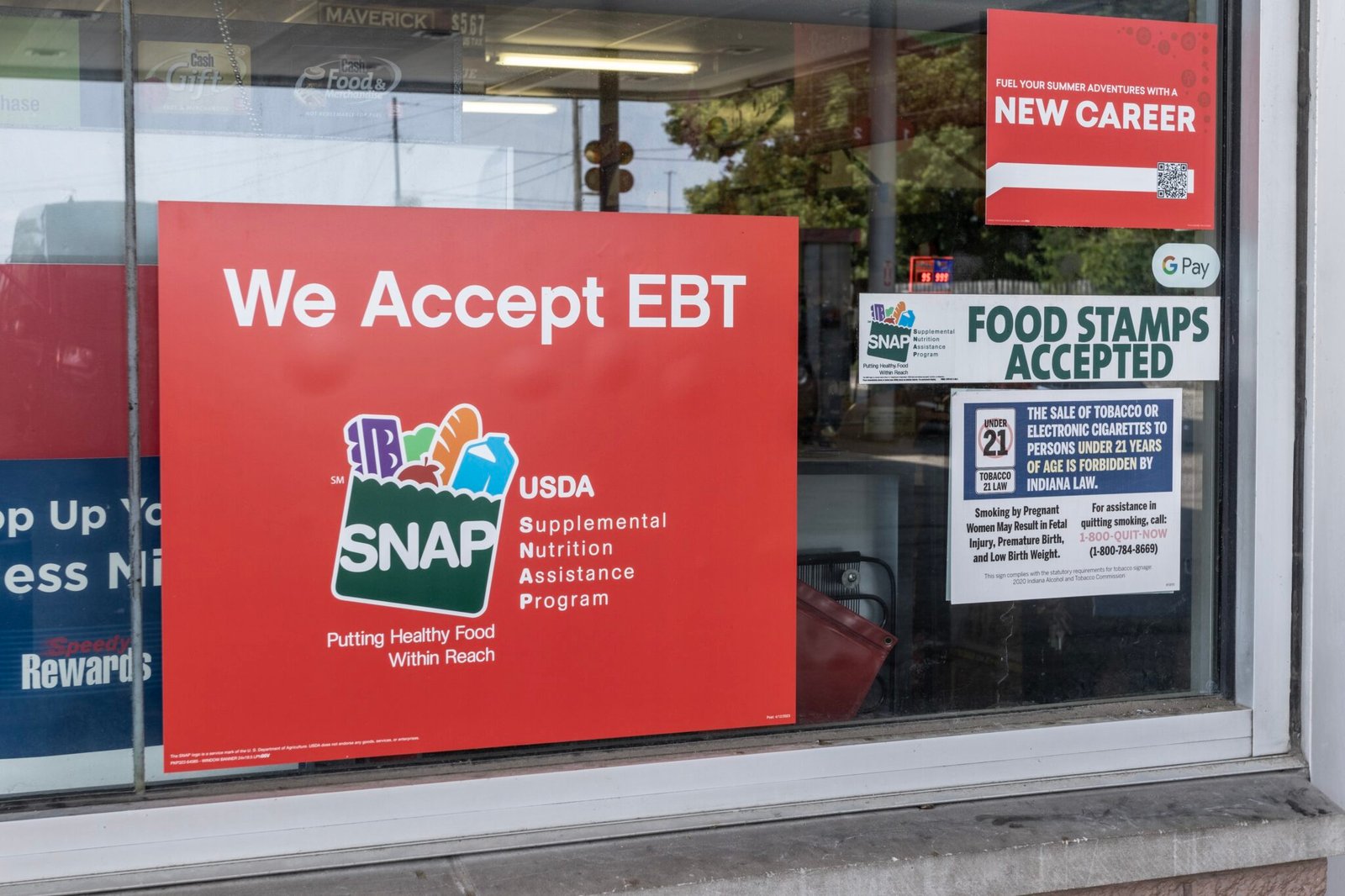In today’s fast-paced world, fast food has become a convenient go-to for many of us. However, the convenience of fast food is now coming at an outrageous cost. In this blog post, we’ll explore the shocking truth behind why fast food prices are skyrocketing and how it’s affecting our wallets.
Table of Contents
At Team Savvy, we stand firm in our commitment to deliver content that remains independent of advertiser influence or payment. While we do generate revenue through certain links to companies and deals featured on our site, rest assured that our integrity and commitment to unbiased content remain paramount. For further details, explore our guarantee.
The Fast Food Crisis: An Outrageous Trend
The fast food crisis hit home for me on May 5th when I ordered from Starbucks through Uber Eats. My simple order—a chai tea latte and a tomato and mozzarella sandwich—came with a price tag that left me in disbelief. The total bill was $24.31, despite having an Uber Eats subscription that saved me $7. This outrageous fast food price is not an isolated incident; it’s part of a larger trend impacting consumers nationwide.
Hidden Fees and Skyrocketing Costs
What initially seemed like a $16.45 order soon ballooned due to a myriad of fees: a $3.81 service fee, $1.38 in taxes, a $4.49 delivery fee, and a generous $5.22 tip. Without the subscription savings, the order would have exceeded $31. This story is becoming all too familiar, with hidden fees and increasing base prices making fast food an expensive luxury.
The Decline of Affordable Fast Food
There was a time when fast food was synonymous with affordability. Remember the dollar menu? It seems those days are long gone. Today, a simple meal at McDonald’s can cost upwards of $17 for just three Filet-O-Fish sandwiches. It’s clear that fast food is no longer the budget-friendly option it once was.
Corporate Greed: A Major Factor in Fast Food Prices
A significant factor driving these outrageous fast food prices is corporate greed. While corporations like McDonald’s and Chipotle cite rising material and labor costs as reasons for price hikes, their record profits tell a different story. From 2019 to 2023, fast food prices increased by nearly 28%, outpacing both full-service restaurant meals and overall inflation.
Unpacking the Real Reasons Behind Price Hikes
Material Costs
Material costs have undeniably increased. McDonald’s and Chipotle have reported higher expenses for packaging, food, and beverages. Between 2022 and 2023, material costs rose by 11%. This increase is partly due to supply chain disruptions and higher demand for limited resources.
Labor Costs
Labor costs have also surged. From 2019 to 2022, the fast food industry saw a significant imbalance: 10,000 new restaurants opened, but the workforce decreased by 25,000 people. To attract employees, fast food chains had to offer higher wages and incentives, such as $500 sign-up bonuses. States like California further increased costs by raising the minimum wage to $20 an hour.
Corporate Greed
However, these factors don’t tell the whole story. Corporate greed plays a significant role in these price hikes. By examining the net profit margin rate of fast food giants like McDonald’s, we see a clear pattern. From 2010 to 2014, McDonald’s maintained a stable profit margin of around 20%. Post-2019, this margin spiked to over 30%, despite initial dips during the pandemic. This increase suggests that companies are not just covering higher costs—they’re also taking advantage of the situation to boost profits.
The Impact on Consumers
For consumers, these outrageous fast food prices mean less money for other essentials. People are being forced to rethink their dining habits, with many opting to eat at home more frequently. While this shift might lead to healthier eating habits, it also highlights the financial strain caused by rising fast food costs.
The Role of the Consumer Price Index
The Consumer Price Index (CPI) tracks the prices of goods and services over time, offering a scientific measure of inflation. Fast food falls under the “Limited Service Meals” category. From 2019 to 2023, prices in this category increased by 28%, more than full-service meals and the overall CPI, which rose by 19%. This data confirms that fast food prices are rising faster than other sectors.
Solutions for Consumers
Opt for Homemade Meals
One way to combat these rising costs is to cook more at home. Preparing meals at home can be more cost-effective and healthier than relying on fast food.
Look for Deals and Discounts
Many fast food chains offer loyalty programs, coupons, and special promotions. Taking advantage of these deals can help mitigate some of the costs.
Evaluate Your Budget
Regularly reviewing your budget and spending habits can help you identify areas where you can cut back, making room for occasional fast food splurges without breaking the bank.
Conclusion: The Future of Fast Food
The fast food industry is undergoing significant changes, with prices climbing to outrageous levels. While material and labor costs contribute to this trend, corporate greed cannot be overlooked. For consumers, the best response is to stay informed, seek out savings, and consider healthier, more affordable alternatives. As we navigate this fast food crisis, understanding the factors at play can help us make better financial decisions and advocate for fairer pricing in the future.
In the meantime, let’s hope that fast food prices eventually stabilize, allowing us to enjoy the convenience without feeling the pinch in our wallets.








